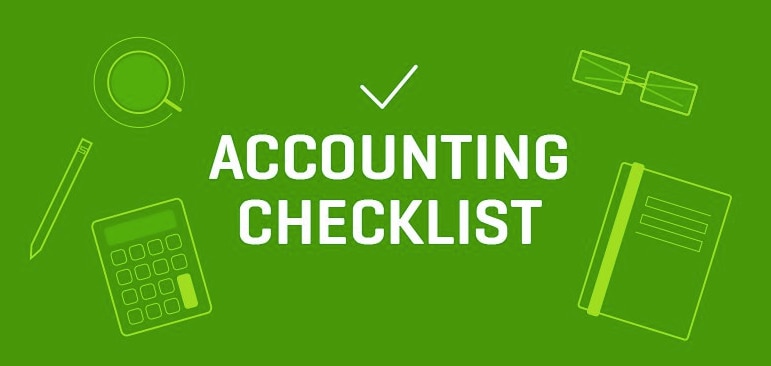Managing your business finances does not have to be eat-your-spinach drudgery. The key, of course, is to create a realistic plan with a budget, record your transactions correctly, review your results regularly and always keep good records. Your comfort level with the three basic financial reports that evaluate your fiscal health is also essential: the balance sheet, income statement and cash flow statement.
The following checklist lays out the key accounting functions that will keep you attuned to the state of your business and streamline your tax preparation.


